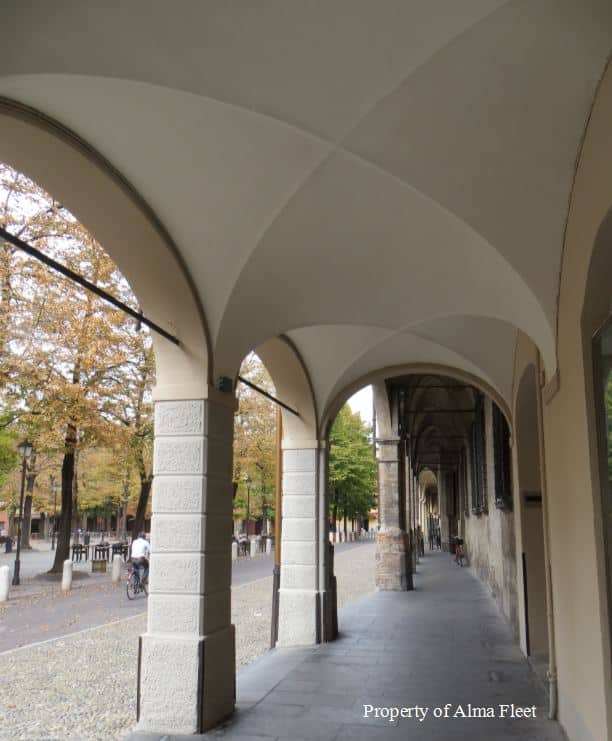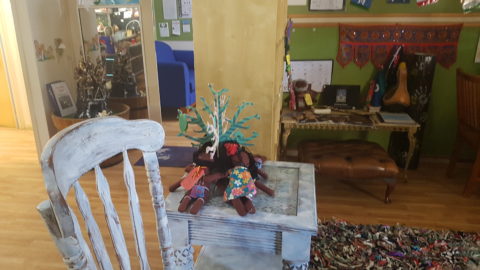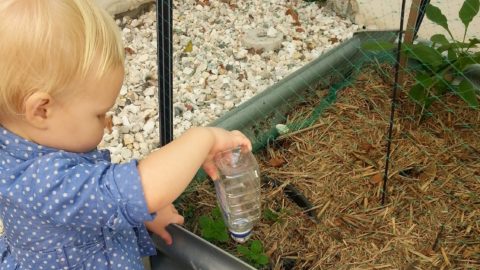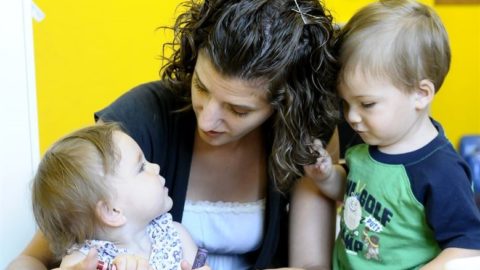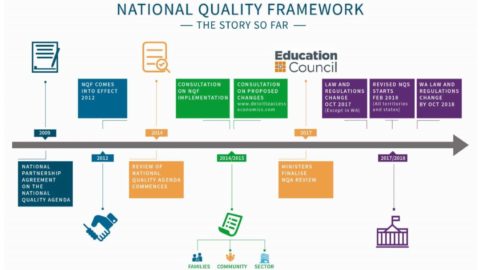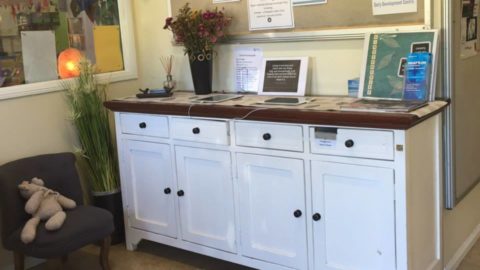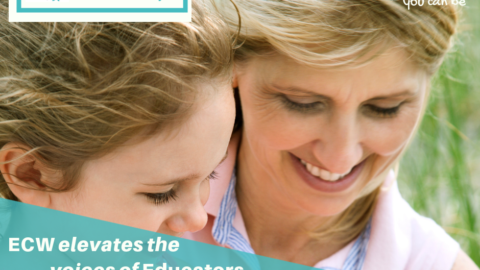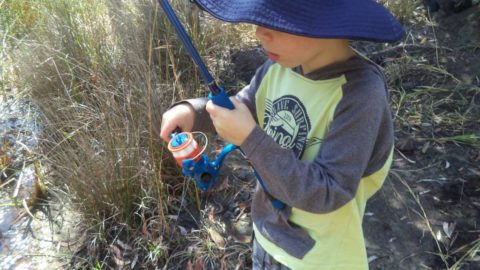By Hon Assoc Prof Alma Fleet
What do I need to know about Reggio?
Well, it’s a town of about 170,000 people in northern Italy. Around the old Roman road is a tourist’s visual and culinary delight, historic buildings and colourful market stalls, including a trattoria selling thick rich hot chocolate that you could almost cut with a knife and fork. There’s good train service, and outside the old town, there are roads, shops and suburbs like any other small city; but that’s not what you’re asking.
What you want to know has more to do with the children playing in the park, chasing pigeons or splashing in the fountain spread in front of the Opera House – or in fact, with the striking statues at either end of this large piazza- one of a memorial to a soldier (let’s say he was part of the army in the second world war – who some might refer to as the Fascists), and the more moving figures (portrayed in agony and heartbreak) at the other end of the open area- a family suffering the pain of the Resistance. This was an area sorely affected by war, in which buildings were destroyed and people killed- so that it became a gathering of farmers’ wives and old men who lead the vision of a different future, starting with young children, better problem-solving and pursuit of a just, respectful way of life. This is the vision that has probably caught your attention- an approach to early childhood education that is energising thinkers worldwide.
Maybe you’ve just heard the term and thought that ‘Reggio’ was a person, or a colleague has been excited by the ideas and encouraged you to learn more, so you’ve begun to explore and are discovering that Reggio Emilia is a town about halfway between Milan and Venice, a train stop away from Parma, so often in competition with regional responsibilities for the naming and production of ham, cheese and Balsamic vinegar. But that’s probably not what you’re interested in either.
So why is ‘everyone’ talking about Reggio Emilia?
Probably because ‘it’ was identified by Newsweek magazine in 1991 as ‘the best’ early childhood education in the world – or at least a noteworthy form of excellence catching the attention of some senior American educators.
That December article was titled “A school must rest on the idea that all children are different”; since then, the town has become a site of intrigue and international study tours. ‘Just a town’ proclaims a DVD about the social democracy that underlies the regional structures, but the mystique persists; possibly you are asking if you ‘need to care’?

Image from Milan World Expo
The attention is not just a local fascination. Recently these educators were asked to contribute a children’s space at an International Expo on food and sustainability in Milan (May-October 2015)- so that the children in ‘the Reggio centres’ (there are others! organised and managed by churches and other groups, but these, managed by the Commune- equivalent to the local Council- are the evolution of the historic events mentioned earlier) decided to invite messages from other children around the world, to create a bigger dialogue about what was important to them. In order to create installations appealing to children visiting the exposition, their ideas whirled around water and energy, food production and wellbeing – thereby valuing children as people with rights to participate and contribute in modern society. This project reflects the commitment to both local and larger community which characterises the work of these educators.
The point is that ‘the curriculum’ is authentic, but not necessarily emergent in the sense generally understood. The focus- such as the children’s encounters with the town or relationships with nature- may be predetermined by the coordinating group of educators, but explored through the eyes and perceptions of each local site. This planning would follow some time with the educators brainstorming possible fruitful directions to pursue with children, considering provocations that might be offered to help explore children’s understanding of key ideas and relationships. Educators would take time to experience the materials and spaces themselves, sharing their thinking and ideas. The possibilities offered would then invite investigation and unexpected encounters, reciprocity and curiosity, for both the youngest children and the adults engaged with them.
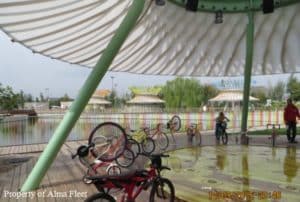
Image from Milan World Expo
This work is neither instruction nor babysitting. It is rich in pedagogy- that intersection of teaching and learning which reflects thoughtful endeavour and decision-making, which is intentional in the sense meant by being alert and focussed, rather than transmissive. This work is based in philosophy and given time, respecting the roles of educators, lives of children and perspectives of families.
Children are welcomed into sites with careful attention to light and space, interesting opportunities and committed intelligent educators. Patience and provocations are as visible as gardens or light tables. Resources are chosen for a reason; small rocks may be cool to the touch and inspire consideration of size and shape. Clean lines and natural materials respect children’s curiosity about the world; avoiding clutter enables children to focus in a settled environment. Adults who listen and try to understand what it is like to be in the child’s shoes offer the gifts of time and creative use of space; these educators read widely and value learning alongside children. Their ideas have informed the image of the child portrayed in the Australian Early Years Learning Framework.
We can’t ‘do Reggio’, but we can be inspired by the passion that has brought the efforts of a war-weary town to a world needing attention to peaceful solutions, to creative investigations, to playful ways of engaging materials. We can pause to look at our environments: to re-think the basics of tidiness and cleanliness alongside invitations offered by attractive interesting spaces. We can revisit planning formats determined by other people in restrictive ways that limit flexibility and instead seek longer term investigations that value children’s perspectives. We can document strengths and curiosity, children’s ideas and relationships, trying to understand their theories and concerns. We can talk together and wonder about what it is like to be a child in our settings, and by so doing, grow in ourselves and in our relationships with our professional practice.

